– Ellen Antoniewicz: Today we are pleased to introduce Michael Edmonds as part of the Wisconsin Historical Museum’s “History Sandwiched In” lecture series. The opinions expressed today are those of the presenters, and are not necessarily those of the Wisconsin Historical Society or the museum’s employees. Michael Edmonds is the former director of programs and outreach at the Wisconsin Historical Society, and the author of several books on Wisconsin history, including Warriors, Saints, and Scoundrels: Brief Portraits of People Who Shaped Wisconsin, The Wisconsin Capitol: Stories of a Monument and Its People, and Out of the Northwoods: The Many Lives of Paul Bunyan. He is a 1976 graduate of Harvard University and has taught part-time at the University of Wisconsin-Madison since 1986. For more than a decade, he wrote the weekly column “Odd Wisconsin,” which was syndicated in newspapers around the state. Michael’s work has won national awards from the American Folklore Society and the American Association for State and Local History. His most recent book, Taking Flight: A History of Birds and People in the Heart of America, was published last year. Here today to discuss Warriors, Saints, and Scoundrels, please join me in welcoming Michael Edmonds. [audience applauding] – Hi, thank you for coming. I’m going to talk today about the book Warriors, Saints, and Scoundrels, which is a collection of very short sketches, one or two pages, of strange people from Wisconsin’s past.
I wrote it a couple of years ago with Sam Snyder, who was also on the society staff at the time, and what I want to do today is explain why the Historical Society was interested in making a book of two and three-page sketches of eccentrics from Wisconsin’s past, as well as read some from the book. Let’s start with one of the stories in the book, so you can get a sense of what it’s about, or how these things are put together. When the Civil War broke out in 1861, Hugh Lewis of Madison enlisted in the Iron Brigade. And the following year, he was shot in the left elbow at the Second Battle of Bull Run. After medics amputated his lower arm on the battlefield, he was sent to recover in Washington, but gangrene set in, and the rest of his arm had to be taken off at the shoulder. Surgeons sent this second piece to the Smithsonian to illustrate modern medical science. You may not have known this, but during the Civil War, amputations became safe for the first time. It was a medical breakthrough. Embalming, too, was invented during the American Civil War. For many years afterward, Lewis was bothered by phantom pains in his missing arm, and one day, his daughter visited the Smithsonian and saw his arm standing upright in a bottle! She remembered the pains, and asked the museum authorities to lay it down, and when they did, his pain diminished.
[audience laughing] As he grew older, Lewis decided that when he died, he wanted the arm to be buried with the rest of him. When he asked for it, though, the Smithsonian replied that unfortunately, they couldn’t find it. After much searching, they discovered it had been shipped to Canada for display at McGill University’s medical school. “What business have you to send my arm “off to a foreign country,” he protested, “when it was lost for the United States?” His arm was eventually recovered and sent home to Wisconsin. When it arrived, Lewis had a tiny coffin made, where the arm waited to be reunited with its owner at his death. After a bout of influenza, Lewis died of a stroke in 1919. At his wish, he was buried with his long-lost arm in Madison’s Forest Hill Cemetery. So the book has dozens of sketches like that. They usually start with a person’s birth, and a little bit about their life, have some colorful anecdote like that with a twist, and then complete the biography. And having just read about a soldier, let’s read about a saint.
We’ll get to the scoundrels, too. Adele Brise was born in 1831 and came with her parents to Wisconsin as a teenager. They started a farm near Green Bay, where she helped with chores until Sunday, April 15th, 1858, when she received the call to a life of prayer. While walking through the fields to church that morning, she suddenly saw a blinding light between two trees that knocked her to her knees. Her vision took the shape, quote, “of a marvelously beautiful lady “clothed entirely in dazzling white garments,” and it left her frightened and confused. When the same thing happened again six months later, she cried out, quote, “In the name of God, “who are you, and what do you want of me?” The ghostly woman told her to found a religious school for the nearby rural children. Although Brise felt quite unqualified, a neighbor donated land around the site of the visions, her father built a tiny wooden chapel, and she began teaching students in a one-room schoolhouse. Soon, people began to report miracle cures occurring at the chapel. Discarded crutches and canes began to pile up behind the altar. On October 8th and 9th, 1871, the huge Peshtigo fire spread through 400 square miles of northeastern Wisconsin.
Residents fled into lakes and rivers for refuge. But Brise and her students called on divine protection. That day, flames spread right up to the fence surrounding their enclave, but did not leap over it. And the next day, Brise’s wooden school and chapel stood out like an island in the charred landscape. Descriptions of miracle cures continued, earning the little church the nickname of “Wisconsin’s Lourdes. ” Adele Brise died in 1896, but the chapel and school both remain, now known as Our Lady of Good Help. In December 2010, after a two-year investigation, the Vatican concluded that Adele’s vision was an authentic appearance of the Virgin Mary, the first and only such manifestation in the United States. I was just looking this morning to see if anything had changed in relation to her potential canonization, and I couldn’t find that, but there are reports of more canes and crutches still being left at that little church, and so it’s a spot that has spiritual power for many visitors. All right, so where did this book with stories like that come from? Once upon a time, when I began my career, if you wanted to do history, the assumption was, you went to a place like this picture on the left, the Historical Society’s headquarters, and you went to consult books like the ones on the right. Maybe you were even gonna write a book like the one on the right, but that’s what research consisted of.
And it was based on the tacit assumption that people interested in history had a place like this. This is where you went home, you sat, you read, you had uninterrupted time, you focused your attention, and that’s what history was, and how it was done. And when I decided to become a librarian and a historian, this was the world I felt at home in. But then, about 20 years ago, everything started to change. We realized there was more of the world’s information on computers than on paper, in 1998. And the computers no longer filled entire rooms. There were portable, like the one I’m standing in front of here, and the one in the picture there. And they could connect to each other and talk, and that’s when two Stanford students got the brilliant idea that they could index everything on every computer, and make it searchable, and Google was born. That, of course, just threw the door wide open, and over the next few years, other huge changes hit all of us. Do you remember the phrase Web 2.
0 that’s on the screen there on the left? The shift there was that in the early 2000s, it became possible for anybody to put information out onto the web. You didn’t have to be an IT manager or a university professor. That was because of blogging software like WordPress. Soon after came social media like Facebook and Twitter, and the computers themselves became things like you have in your pocket today. So in just 20 years, we went from the picture on the left to the picture on the right. What did that mean for historians? What does it mean for institutions like this one that do public history? That’s how we reacted, like, “Oh, what are we gonna do?” So I’ll let you think about that. Think back 20 years, 25 years, to when you were in the middle of this. And meanwhile, I’ll read about one of my favorite scoundrels. Wisconsin’s earliest settlers were not all eminent Victorians. Some were swindlers or drunkards, or both! Julius McCabe was born around 1785 in Ireland, and emigrated to the United States, wandering gradually west until he reached Wisconsin.
His neighbors referred to him, quote, as “a restless waif who floated around the world, “a charming rogue with the kindest temper, “the most inexhaustible loquacity, “the most rollicking humor, “and the most inappeasable thirst in frontier Milwaukee. ” When he arrived there around 1840, he claimed to be the author of the first city directories for Detroit, Cleveland, and other places. After announcing his intention to create a gazetteer of Wisconsin, he traveled 4,000 miles, gathering data on our state’s towns and villages, collecting a dollar each from more than 2,000 subscribers along the way. People who knew him were not surprised that the book was slow to appear. The press called him, quote, “Too lazy to work, too proud to beg, “and afraid to steal, though there is some “doubt about the latter. ” [audience chuckling] When he ran for office in 1844, his own party denounced him as “a fitter subject for jail, “than for the legislature. ” [man chuckling] But two years later, McCabe managed to compile Milwaukee’s first city directory. It was a 240-page book listing 2,000 residents, with 92 pages of merchants’ advertisements. Unfortunately, producing it cost more than he took in from sales or subscriptions, and all the revenue went to his creditors. McCabe spent the last months of his life wandering Milwaukee’s streets in search of free drinks.
He died on the morning of July 26th, 1849, after a nightlong binge. He was discovered on the porch of the United States Hotel, and buried in a potter’s field a short distance away. The Daily Wisconsin reported, quote, “His sudden death is not so much surprising “as that he should have lived so long. ” [audience laughing] Well, that takes us back here. I wanna say that, to have been a librarian and an archivist during these decades, during these last 25 years, was an utter thrill. No better time to practice the profession that I chose when I was young, because the way that information was accumulated, organized, stored, and shared turned upside down, as dramatic a change as the invention of the printing press, and we’re all still benefiting from it, and suffering from it, as you read the news. So how did we respond to this situation, that people weren’t gonna sit in armchairs with coffee and read thick books? We started by creating a blog with some of the first blogging software called Odd Wisconsin. I was in charge of the Society’s digitizing staff at the time, and we were scanning rare books and manuscripts and newspapers and articles, and the students who were doing that, they get bored. It’s not the most interesting work. But whenever they came across a weird story, like the ones that I’ve been reading, they would stop the presses and share these stories.
And so, our IT manager at the time said, “You know, we should blog these out “with a link into the original document, “and maybe there’ll be like a tease, “you put a weird thing on the front of the homepage, “the Society’s website, and people can click “and go in and read the original document. ” It was a great idea. As I bet you can guess, people didn’t bother to click and go look at the documents, it took on a life of its own. But two or three times a week, I would write a little thing based on some strange story. This caught the eye of an editor at the State Journal in I think 2005, and she said, “Could we run these in the newspaper? “Actually, could we run other ones “that haven’t been on your website?” And all of a sudden, instead of just cranking out a blog a couple times a week, I had agreed to write a newspaper article once a week, too! [audience chuckling] These could be only 250 words, to fit in that space like you see there, and they had to be turned in every Wednesday at noon, if my memory’s right. And I did it every week for 10 years. It was great fun, but like everything else, kinda get tired of it, and I didn’t like staying up Tuesday nights till midnight, trying to come up with an “Odd Wisconsin” to write the next morning. But there were hundreds of them, as you can imagine. 10 years once a week, that’s over 500, plus, there were the ones I was cranking out on the blog. That’s over 700, and as they mounted up, the head of the Historical Society Press, Kathy Borkowski, came up to me and said, “We could probably make a book out of these!” And I was very busy doing other things, but one of the people on my staff, Erika Janik, who’s probably spoken in this room, I think, Erika was just getting her journalism master’s, and she agreed to pull together a lot of the ones that she had helped discover and write, and find new ones, and produce a little book.
It was a bestseller 10 years ago, and contains anecdotes related to an event. The two stories I’ve read so far are about people, and their whole lives, but Odd Wisconsin is about strange events. It went over quite well, it was a steady seller, and it inspired a museum exhibit that was here in this building. I don’t know exactly when, around 2010 maybe, which was the highest-drawing exhibit in the museum for several years, because the stories that Erika and I had discovered and written about often had artifacts behind them, like the skunk grease medicine, and the glass used by Teddy Roosevelt, after he had been shot in Milwaukee. Let’s take a pause here in the development of this book, and I’ll read you one of my favorite people, very favorite people in Wisconsin history. Many of us associate free love, vegetarianism, and New Age spirituality with the 1960s, but those ideas were also championed by a remarkable Wisconsin woman more than a century ago. Juliet Severance was raised in a Quaker family in New York, where she was exposed to a smorgasbord of political, social, and religious reforms. As a teenager in the 1840s, she experienced a religious awakening, and embraced the anti-slavery movement, temperance, and women’s rights. She was one of the first women to go to medical school, earning her M. D.
in 1858, but she found that scientific procedures and medicine didn’t always work, so she took up vegetarianism and psychic healing. Throughout her life, she provided free medical care to any working woman who asked. In 1862, she moved to Whitewater, which was then a national center of the spiritualist movement. Her views on religion, health, and politics found a receptive audience there, and she soon had a flourishing medical practice. She viewed women’s rights, religion, politics, and health as all interrelated, all of them unnaturally deformed by unjust laws and foolish conventions. She advocated for the abolition of marriage, which, she argued, differed only superficially from prostitution, and threatened women’s moral, legal, medical, and spiritual well-being. Instead, she demanded the absolute right of every woman to live, quote, “as her reason and conscience shall decide,” in all areas of life, especially sexual relationships. Quote, “When two persons are drawn together “by reciprocal love and mutual desire,” she declared, “that is a true union, and all the laws that men can frame “cannot make it unholy or immoral. ” Her views obviously outraged the defenders of Victorian propriety, and she was hounded and harassed by critics throughout her life. The attacks rolled off like water off a duck’s back.
“I have no patience,” she wrote, “at this stage of the discussion of women’s suffrage, “to stop to listen to the stale platitudes “and senseless objections raised against “a movement so evidently just. “We have laws now which make woman man’s slave, “owned by him, soul and body,” and, quote, “‘Wives, submit yourselves unto your husbands in all things’ “has been dinned into the ears of woman “until she has failed to learn the diviner lesson, “obey the principles of your own soul. ” After the Civil War, Severance moved to Milwaukee, where she joined the fledgling labor movement. She kept up her radical advocacy for women’s liberation and personal freedom until the day she died at the age of 86 in 1919. A colleague eulogized her as someone, quote, “as admirable “for her domestic, social, and lovable qualities “as for her public and professional services. “She was a good writer, orator, parliamentarian, “a good mother, a good friend, and a good woman. “There’s nothing more to be said. ” In the preface of the book, Sam and I tried to make clear what we were doing, and why we thought it was important. It’s only one page, I won’t even read all of it. “Names and dates give us cold, hard facts, “but stories touch our hearts.
“True stories about real people make us laugh or sigh “or wince, or shake our heads in disbelief. “They make us want to learn more. “But who has time for 400-page biographies? “These days, we want bite-sized history, “that can be consumed in one sitting. “The brief narratives in this collection “contain everything essential and nothing extra “about colorful Wisconsin characters from long ago. “We sifted through the Wisconsin Historical Society’s “immense collections, and discovered noteworthy “soldiers and priests, criminals and crusaders, “loafers, politicians, mystics, inventors, drunks, “and oddballs, three centuries of nonconformists “from all of Wisconsin’s regions and walks of life. “Because names and dates are just “history’s lifeless skeleton. “Its flesh and blood are real people like us, “people who struggled, stumbled, and danced “across the same landscape that we do, “who laughed and cried their way through life, “and now lie silent beneath our feet. “Flip open to any page and meet one. ” Well, Kathy Borkowski, the head of the press, came to me a few years ago and said, “I wish we could get some more mileage “out of ‘Odd Wisconsin. ‘” And we then looked at how the audience for the Society had changed, and how our web users vastly outnumbered all our visitation to any site or museum or programs, and that the habits of web users were different than the habits of traditional history readers.
They wanted things short, they wanted it convenient, they wanted them easy to understand. So we decided to see if the “Odd Wisconsin”s that I had on hand, 7 or 800 of them now, could be turned into a format that people would want. So Sam and I agreed to work some of the people who’d been written about in Odd Wisconsin into longer biographies. The first task the two of us had was to decide who we should write about, obviously, how do we select? We wanted to get about a hundred sketches. So we wanted there to be balance by gender, we didn’t want it all to be about guys, we wanted to have good diversity by race, we didn’t want it to be all about white immigrant settlers. We wanted geographic diversity, so that people in northern Wisconsin would see their history as well as people in Milwaukee and Madison. Truth is, a lot of the strangest people in the book are from northern Wisconsin. [audience chuckling] You’ve been to northern Wisconsin, you know? We wanted it to have diverse time periods, as well. We didn’t want everybody to be since white settlers arrived in 1850, we wanted to go back into the colonial and fur trade eras if we could. And then we wanted to have some variety by economic class.
We didn’t want it all to be about well-to-do people. We wanted working class people, like the guy, the fisherman here, Pickle Joe. So we came up with a long list, about 150 that might do, and then Sam took half and I took half, and we started to look for more information about each of these people, because what we had to start with was just one anecdote. Well, so who is this person, and what can we say about them, in two or three pages, to give a cradle-to-grave portrait of who they are? Well, it turned out that a lot of them, there simply was not enough information to do that. Nobody knew where they came from, nobody knew where they went to. So the list started to get smaller as we did research. County and local histories, like you may have used in the stacks shown on the screen there, were very useful. So too, of course, were newspapers, if we could find obituaries, we often got the outline of one of these sketches. But if you’ve done any genealogical research, you know that obituaries can be hard to find. You have to know precisely when someone died, and where they died, and then find a newspaper for that time and place and see if there’s a sketch.
So that took us some time and was not always fruitful. So the period of research and writing went on for longer than Sam and I thought it would, but it turned up wonderful people, like Warren Chase, to whom you owe an important debt, although you might not know it. He was born in New Hampshire in 1813 to a father who deserted the family and a mother who died when he was five. Chase was left, in his own words, “fatherless, “motherless, penniless, friendless, “worthless, useless, and deathless. ” He lived as best he could among charitable neighbors, and on his own wits until he struck out for the West as a young man. In 1838, he arrived in Kenosha, where he connected with a group of utopian reformers who denounced slavery, alcohol, and private property. In 1844, they founded a commune in Ripon called Ceresco, named after Ceres, the Roman goddess of the harvest. It was based on teachings of French utopian socialist Charles Fourier, whose followers assumed that capitalism would soon be replaced by a fairer way of organizing the economy. At Ceresco, labor was voluntary, profits were held in common, all decisions were made democratically, and members swore off all alcohol, gambling, and other vices. Quote, “The four great evils “with which the world is afflicted,” Chase wrote at the end of the first year, “intoxication, lawsuits, quarreling, and profane swearing “never have, and with the present character “and prevailing habits of our members, never can, “find admittance into our society.
” When Wisconsin was about to gain statehood, he was elected to help write the state’s first constitution. At that meeting in Madison in 1846, a stone’s throw from where you’re sitting, he argued that the constitution should include African American suffrage and women’s property rights. But these elements were rejected by voters as too radical. Chase was as committed to religion as he was to politics. While experimenting with hypnosis in 1844, he entered trance states that revealed a spirit world existing alongside the material one. He reported that he, quote, “felt the touch of angel hands, “and could read the past and present “and catch gleams of the future. ” He wrote a spiritual autobiography called The Lifeline of the Lone One, reprinted several times throughout the 19th century. In it, he called the lowest form of religion idolatry, the worship of a single god. The next highest form was pantheism, which recognized that many religions tried to express the same truth in different ways. The highest form, “to which I have now arrived,” he said, [audience chuckling] he called harmonialism.
Its adherents experienced God directly in everyday life, seeing the world around them as a physical expression of Divine Mind, which harmonized spirit and matter. You know, if psychedelic drugs had been invented in the 19th century instead of the 20th, you’d figure he must have got his hands on some? [audience laughing] Ceresco ended after just six years, its members amicably dividing its assets and reentering private life. For the rest of his life, Chase lectured on how to achieve religious insight. He moved to Michigan in 1853, then to St. Louis, and ultimately, like many other Americans who couldn’t conform to mainstream society, to California, where he was elected a state senator. Eventually, he returned to Illinois, where he died, presumably entering another plane of existence, in 1891. [audience chuckling] I said you owe him a debt because he argued for the kind of basic political and human rights that we take for granted today. Women should be able to own property, people should be able to vote, regardless of their race. Well, Sam and I ended up with about 80 biographies, and they had to be organized somehow, so the book is organized as you see on the screen, according to the professional identities, if you will, of the people described. Artists and writers, thieves and murderers, missionaries, mystics, and mediums, crusaders and reformers.
And then of course, down at the bottom, every ordering system has to have a miscellaneous, so at the end of the book, there are simply extraordinary characters. The book’s point, to the degree that it has one, is to show readers that every time and place has people who weren’t normal, who didn’t conform, which is characterized by Henry Thoreau’s famous quote from Walden, “If a man does not keep pace with his companions, “perhaps it’s because he hears a different drummer. “Let him step to the music which he hears, “however measured or far away. ” Now when we learn history, especially as young people learned it in schools, we tend to learn a sanitized “heroes and holidays” kind of approach to history. But the truth is, the people who came before us were just as smart as we are, they faced even greater challenges than we do, in addition to all the ones that we face, and they responded to them in a multitude of ways. I’d like to end the talk, and then near the end of the book, I think she might be the last person in the book, with a sketch of Hettie Pierce, who was the oldest woman in Madison when she died in 1944. Hettie Pierce was born into slavery in North Carolina in 1829, and she died in Madison in 1944, at the age of 115. She lived through some of the most important events in America’s history, from the fall of slavery to World War II, and the inventions of the telephone, the airplane, the radio, and the automobile. In 1863, after the Emancipation Proclamation, Pierce and her husband moved to Louisiana, where he became a legislator and judge during Reconstruction. She told a reporter in 1932, “No one in my family was ever sold.
“They wouldn’t ever part with us “because we did our work so good. ” And when slavery ended, quote, “It was a big excitement. “I was happy, because I knew at last the good Lord “had opened a new door for my people. ” When her husband died in 1892, she came to Madison in order to be with her youngest son, Samuel, and his wife. That’s Samuel there, whom she’s with. They were among the first black families to settle in the Williamson Street neighborhood on the Capitol’s east side. You know, the oldest black neighborhoods in the city were along Willy Street and across the Isthmus along Dayton Street, and only after World War II, and in the 1950s and ’60s, did the community become so large it spread out into the north and south sides, as well. And now, of course, the original neighborhoods have all been yuppified and gentrified. During World War, oh– She outlived all her children, and when she was 95, she traveled through the South alone, looking up her grandchildren and great-grandchildren. She found 50.
During World War II, when she could no longer follow the news herself, she asked her grandson every day if, quote, “they had ended their warfare yet,” since she had personally witnessed so much devastation from war. In 1932, she told reporters, “I’ve been in Madison for 25 years, and I like it, “so I reckon I’ll be here for 10 years more. ” In fact, she lived long enough to celebrate her 115th birthday on January 1st, 1944. Thank you. [audience applauding]
Search University Place Episodes
Related Stories from PBS Wisconsin's Blog

Donate to sign up. Activate and sign in to Passport. It's that easy to help PBS Wisconsin serve your community through media that educates, inspires, and entertains.
Make your membership gift today
Only for new users: Activate Passport using your code or email address
Already a member?
Look up my account
Need some help? Go to FAQ or visit PBS Passport Help
Need help accessing PBS Wisconsin anywhere?

Online Access | Platform & Device Access | Cable or Satellite Access | Over-The-Air Access
Visit Access Guide
Need help accessing PBS Wisconsin anywhere?

Visit Our
Live TV Access Guide
Online AccessPlatform & Device Access
Cable or Satellite Access
Over-The-Air Access
Visit Access Guide
 Passport
Passport

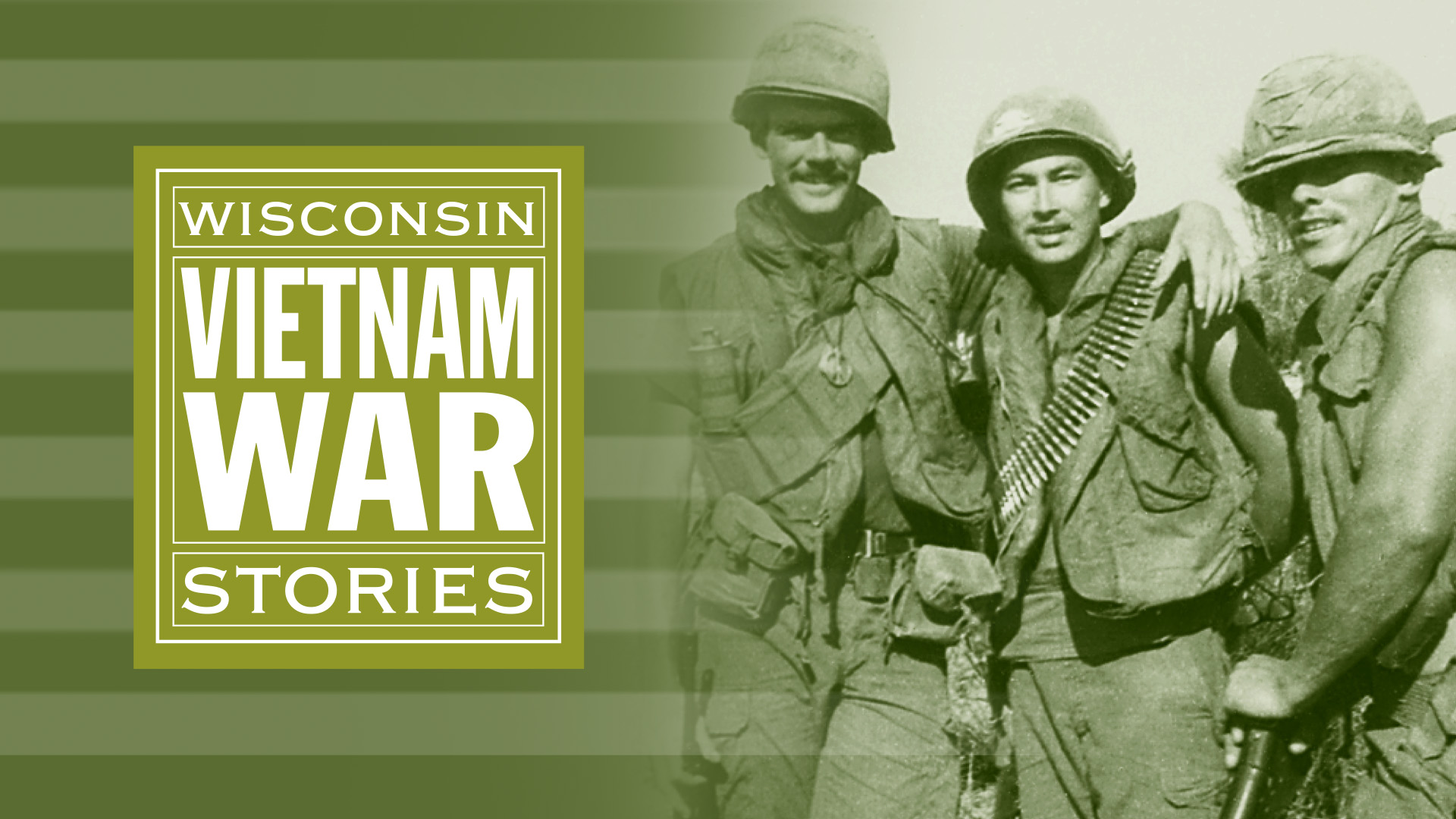

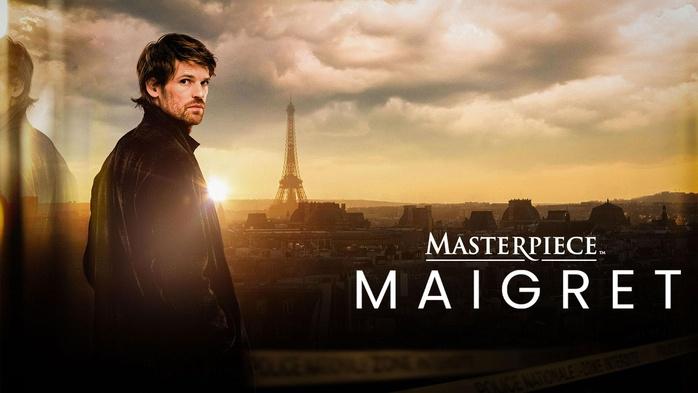




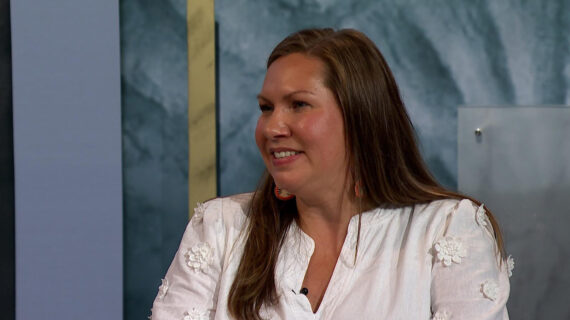
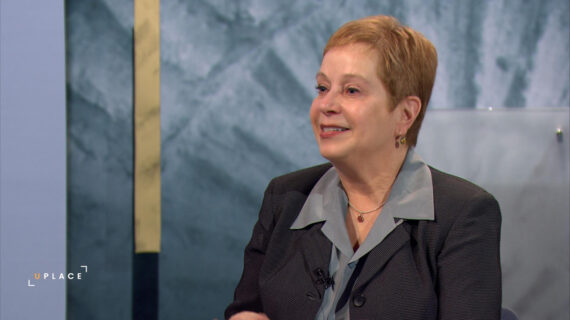
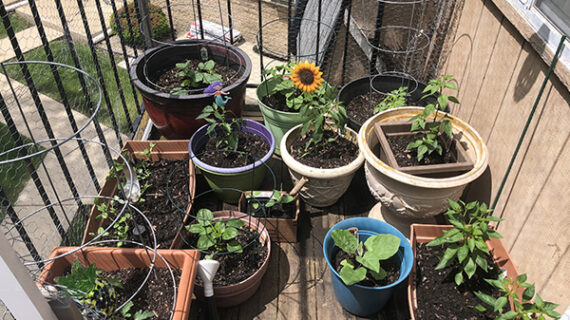
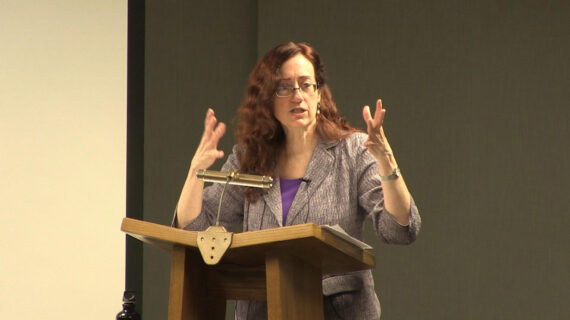
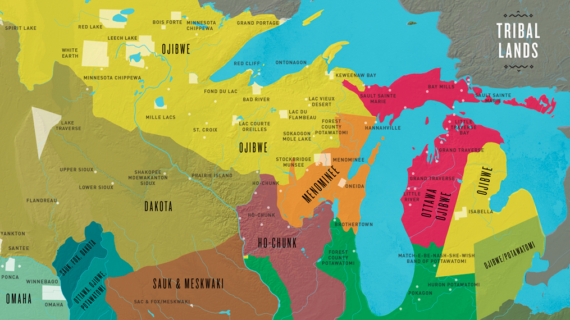


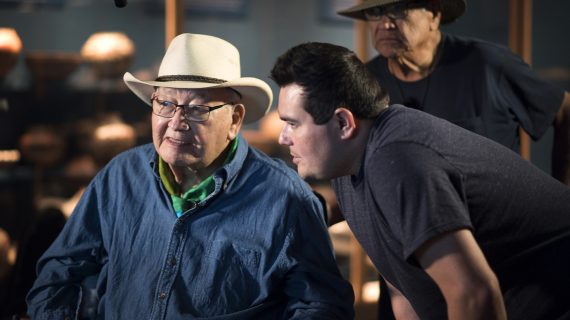


Follow Us